Ten habits That Will Improve Your Life the Most After 55

In case you haven’t noticed, if you are over 55 today, you are the center of a lot of attention. As a “boomer”, you’re a hot topic because you are part of the hysteria about the aging of our society.
You see, in the eyes of the government, media, academia, most corporations, and many of the Gen Xers and millennials, you threaten the stability of our country because, well, you’re getting older. And that means you are less capable, less productive, less motivated, less energetic, less whatever.
In spite of what we’ve learned about our mind and body and its resilience and potential, culturally we persist in believing that there is a major downturn in capability when we approach the end of our sixth decade or move into our seventh.
Pardon my bluntness, but that prevailing attitude has a lot bull**** mixed into it!
 I’m no conspiracy theorist, but I believe in following the money. And when you F-T-M on a lot of the attitudes about aging, you get the sense that there just might be some ulterior motives in trying to keep us in the dark about our potential to age more successfully, gracefully, optimally or whatever “-lly” you prefer.
I’m no conspiracy theorist, but I believe in following the money. And when you F-T-M on a lot of the attitudes about aging, you get the sense that there just might be some ulterior motives in trying to keep us in the dark about our potential to age more successfully, gracefully, optimally or whatever “-lly” you prefer.
Let me take a shot at a couple of “suspects”:
- Our healthcare (er, disease care) system: Consider what would happen to our $3.5 trillion healthcare system if that system decided to revert to proactive healthcare instead of reactive healthcare. What if, instead of drug it or cut it out, our healthcare practitioners practiced the Greek concept of “Hygeia” which means “soundness” or “wholeness” of the body and keeping it fit. Instead of “Panacea” or “remedy for all diseases” and chasing the horse with pills or scalpels after its left the barn, what if “Hygeia” took over and fewer people showed up for their $35 co-pay, “fix-me, Doc” experience – because they didn’t need to. Just think of the horrific impact it would have on general cash flow within this out-of-control system. Empty hospitals. Docs with openings on their schedule and more than 15 minutes to meet with you. Rusty radiology machines. Empty waiting rooms. Fewer drug addictions. Kind of a refreshing thought, isn’t it?
- The pharmaceutical industry. Can you imagine if we learned how to get well and stay well what the drug companies would do? Extend that to TV advertising. I’m sure you’ve noticed that drug advertising dominates TV advertising these days. Neither of those industries wants us to take charge of our own health and do the things that allow us to avoid taking their drugs or ignoring their commercials. Our healthcare naivete/illiteracy keeps them in business and profitable.
- The food industry. OMG, don’t even get me started. Consider that we exist in a profit-oriented society where our healthcare system doesn’t care about what we eat and a food industry that doesn’t care about our health. Sixty-five percent of us are overweight, twenty percent of us are obese. Heart disease remains the biggest killer. Diabetes has reached epidemic levels. On average, as a population, we’ve gained fifteen pounds over the last couple of decades but haven’t gotten any taller. We succumb to the convenience of processed and manufactured/pretend food for a lifetime and then wonder why we get sick for a long time before we cash out. Does the food industry care? If you’ve ever been in middle aisles of an American grocery store, I think you know the answer to that.
Is there an answer for healthy survival in the midst of all this. Yep – and it really isn’t complicated. I didn’t say easy – I said it’s not complicated.
It’s called self-efficacy. It’s getting educated and taking full responsibility for your health.
It’s never too late to start; it’s always too early to quit.
Here are ten simple things to do to improve your health and enhance your chances of living longer and healthier. Most of these you know. But, are you doing them? As the proverb says: ‘Knowing and not doing is not knowing.”
- Don’t retire. How’s that for a controversial starting point? Retirement, as we’ve known it for several decades, is dying, none too soon. And for good reason. Joint research by the Social Security Administration and the National Institute on Aging indicates that full-time retirement is associated with a 23-29 percent increase in mobility and daily activity difficulties, an 8 percent increase in illness, and 11 percent decline in mental health.
- Upgrade your diet away from animal-based and processed foods. The verdict is in, and has been for a while: a largely plant-based diet is by far the healthiest. The only argument the food industry can take against that – in particular the beef, pork, and poultry industries – is that a plant-based diet doesn’t provide enough protein. Wrong! Most nutrition experts claim we are over-proteined in our culture and feel a plant-based diet offers adequate protein. F-T-M and don’t buy the meat and poultry industry argument.
- Up your exercise and include strength training. Less than a quarter of Americans 18 or older met physical activity guidelines for cardiovascular and muscle-strengthening activity in 2017 according to the Centers for Disease Control and Prevention. On page 56 (adult) and page 68 (older adult) of the downloadable .pdf of the government Physical Activity Guidelines for Americans, minimum recommended exercise calls for 2 ½ – 5 hours a week of moderate-intensity or 1 1/4 – 2 ½ hours of vigorous-intensity aerobic exercise per week. Muscle-strengthening activities involving all major muscle groups should be added on two or more days a week. Get your heart rate into the optimal exercise range for your age (220 minus your age times .65 and .85) and sustain it.

The weight training is vital. You are experiencing sarcopenia and probably aren’t aware of it. We all fall victim to it. It’s loss of muscle mass and it started for us all in our 30s. The only antidote is strength training. Remember this simple mantra: Aerobic exercise will give you life, strength training will make it worth living.
- Get more sleep. No magic here. You need a minimum of seven hours a night at this age. Naps count. Research shows that a chronic lack of sleep, or getting poor quality sleep, increases the risk of disorders including high blood pressure, cardiovascular disease, diabetes, depression, and obesity.
- Challenge your brain. Don’t believe the myth that brain senescence is automatic. It isn’t. Oh, it can happen if you let it. But we’ve known for years that our brain, regardless of age, can produce new synaptic connections. It’s called neurogenesis. Think of your brain as a muscle. It, too, can atrophy. Use it or lose it.
- Maintain a high level of social activity. AARP says that social isolation is as damaging as smoking 15 cigarettes a day. Too often, reduced social engagement is a consequence of the retirement phase of life. We now know that being socially active plays a key role in longevity and good health. TV and Lazyboy are deadly combinations.
- Assess your relationships and do some housecleaning. Do you have toxic relationships in your life? We benefit by getting rid of negative, draining relationships. Motivational speaker, Jim Rohn, famously said: “You’re the average of the five people you spend the most time with.” We are greatly influenced by those closest to us, in the way we think, our self-esteem, our decision making. Severing a relationship can be tough, but vital to avoid the energy drain and excess cortisol production that a bad relationship can cause. Do yourself and your toxic friend(s) a favor – cut the cord.
- Increase your interaction with younger people. We seem to be quick to throw rocks at Millenials when we should make an effort to interact more with them. It will be a mutually-beneficial relationship. You feed off their energy, enthusiasm, ideas, and tech-savviness. They gain from your wisdom, steadiness, and common sense. It’s encouraging to see more and more companies discovering this and striving toward multi-generational workforces.
- Learn something new every day. Henry Ford said: “Anyone who stops learning is old, whether at twenty or eighty.” We lament our muscle atrophy
 as we age but ignore our brain atrophy. One of the greatest old dead white men, Leonardo de Vinci, nailed it: “Learning is the only thing the mind never exhausts, never fears, and never regrets.”
as we age but ignore our brain atrophy. One of the greatest old dead white men, Leonardo de Vinci, nailed it: “Learning is the only thing the mind never exhausts, never fears, and never regrets.” - Get savvy on basic technology. Technology development will continue to accelerate. If you are still pondering the purchase of a smartphone, well, you may have some serious catching up to do. Yes, there are downsides to all the tech that surrounds us. But the upsides are much greater.
There may be an organization in your area that specializes in teaching technology to seniors. One good resource is a site called Senior Planet which “celebrates aging by sharing information and resources that support aging with attitude, and helps people who were born long before the digital revolution to stay engaged and active by bringing a digital-technology focus to a range of topics – among them news, health, sex and dating, art and design, senior style, travel, and entertainment.” They have physical locations in New York City. Plattsburgh, NY, San Antonio, TX, Palo Alto, CA and just opened in Denver, CO.
- Find someone to help/mentor. There is often a serendipitous effect of mentoring someone that goes beyond helping. Mentors typically improve their own skills by being inspired by new ideas, expanding their network and learning new strategies, technologies, and methods.
OK, I don’t count well. The last one is a bonus.
The list could be much longer. I hope there is a pearl in this list you hadn’t heard or thought about. I don’t expect you to agree with all of them. I’d love to hear your disagreement/counter-argument. Scroll down and leave a comment.


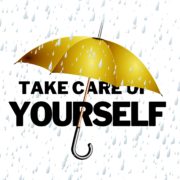
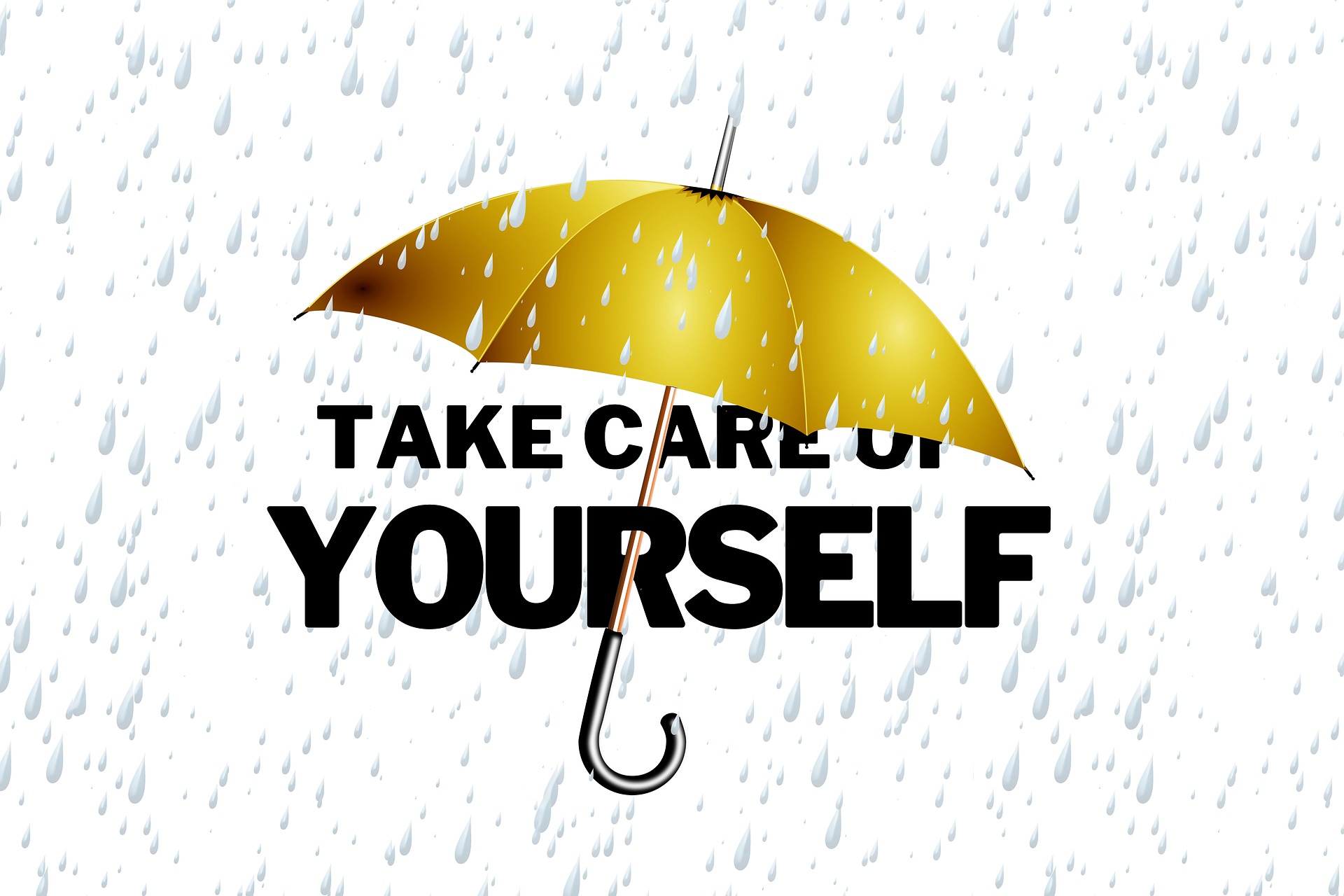
 Maybe $216,000/year just to have someone around 24×7 to feed you, clean you up and keep you on the planet is no big deal for you. But that would put you in a miniscule swath of the California population – or any state’s population, for that matter.
Maybe $216,000/year just to have someone around 24×7 to feed you, clean you up and keep you on the planet is no big deal for you. But that would put you in a miniscule swath of the California population – or any state’s population, for that matter.
 Fortunately, echo and nuclear stress tests revealed that artery occlusion was minimal and blood flow was normal. But it was a wake-up call. I realized that my inattention to diet to that point had contributed insidiously to the plaque buildup in my arteries despite years of exercise.
Fortunately, echo and nuclear stress tests revealed that artery occlusion was minimal and blood flow was normal. But it was a wake-up call. I realized that my inattention to diet to that point had contributed insidiously to the plaque buildup in my arteries despite years of exercise.
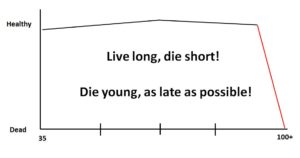
 “Eat food, not too much, mostly plants”.
“Eat food, not too much, mostly plants”.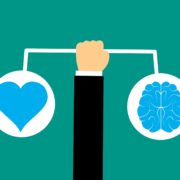
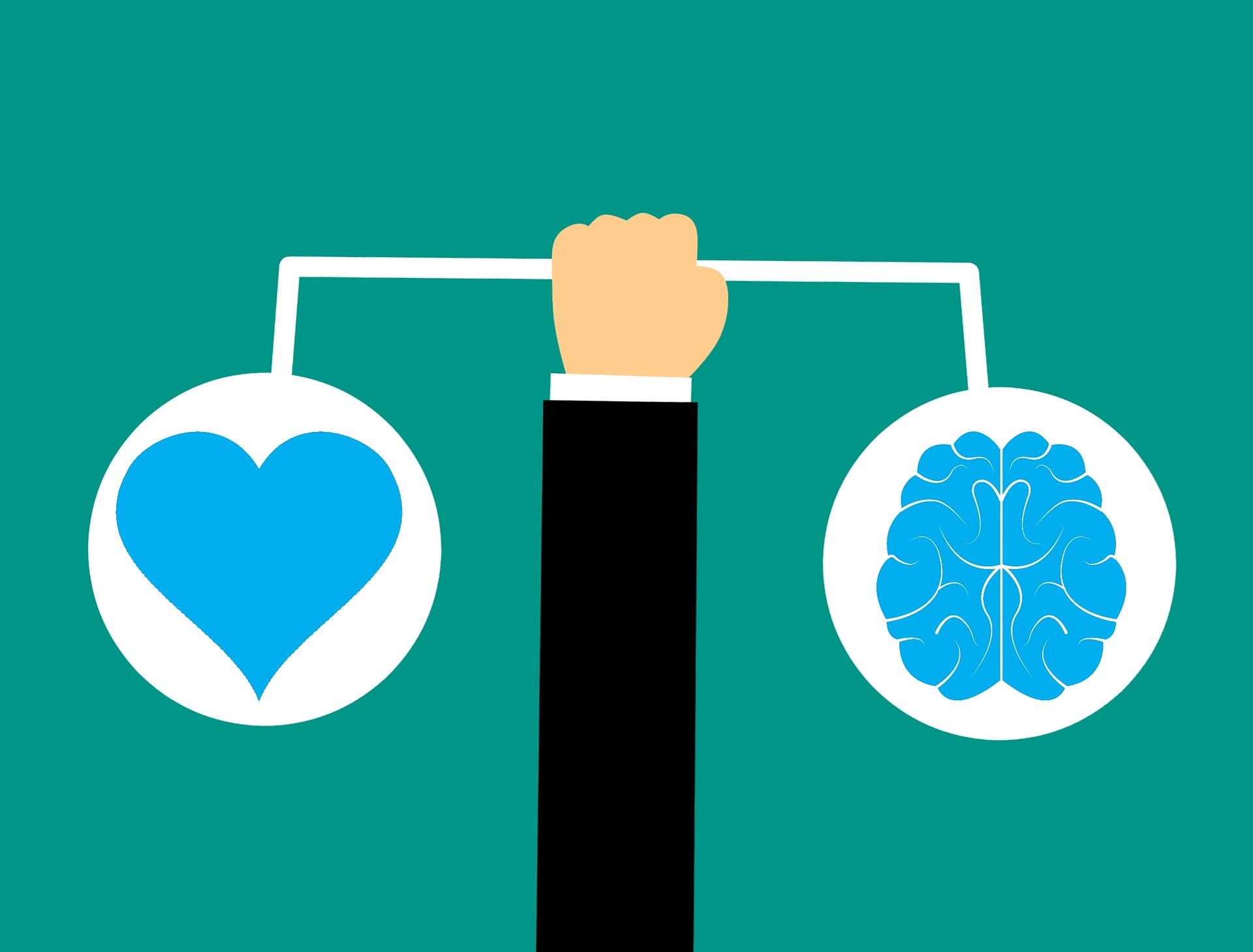
 When I first saw the term, I thought, yuck, a Greek sandwich made with toothpaste? But it turns out that it’s a pretty important part of your brain, specifically your hippocampus.
When I first saw the term, I thought, yuck, a Greek sandwich made with toothpaste? But it turns out that it’s a pretty important part of your brain, specifically your hippocampus.
 But sneakers?
But sneakers?
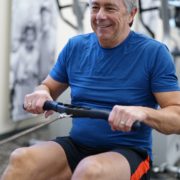



 (that’s no wind for you non-mariners) would keep his ship moving and his crew busy by having them row a small boat out a few hundred yards with a rope attached to the main ship, drop anchor and pull the ship to them. When you start out with a walking/jogging exercise routine, walk/jog to a close-in telephone pole and back (or similarly repeating marker like the end of a block) the first day and then the next exercise day walk/jog to the next furthest telephone pole/block and back. Keep extending it and before you know it you have exceeded your best expectations for this life-altering activity. And you will:
(that’s no wind for you non-mariners) would keep his ship moving and his crew busy by having them row a small boat out a few hundred yards with a rope attached to the main ship, drop anchor and pull the ship to them. When you start out with a walking/jogging exercise routine, walk/jog to a close-in telephone pole and back (or similarly repeating marker like the end of a block) the first day and then the next exercise day walk/jog to the next furthest telephone pole/block and back. Keep extending it and before you know it you have exceeded your best expectations for this life-altering activity. And you will:


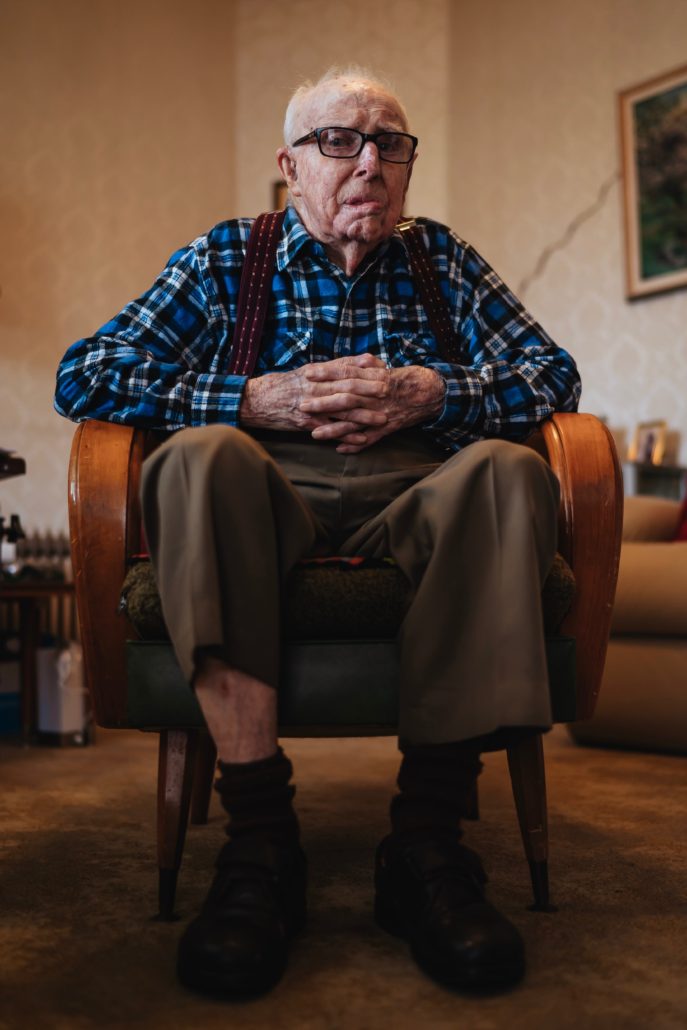

 Here’s a taste: by way of encouraging continued and deeper learning, the authors remind us that we seriously underutilize our brain capacity and that we can counteract the ravages of brain cell disintegration associated with ageing by increasing neural connections through meditation (pick your own form) and lifelong learning.
Here’s a taste: by way of encouraging continued and deeper learning, the authors remind us that we seriously underutilize our brain capacity and that we can counteract the ravages of brain cell disintegration associated with ageing by increasing neural connections through meditation (pick your own form) and lifelong learning.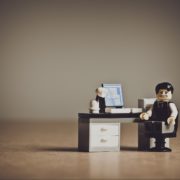
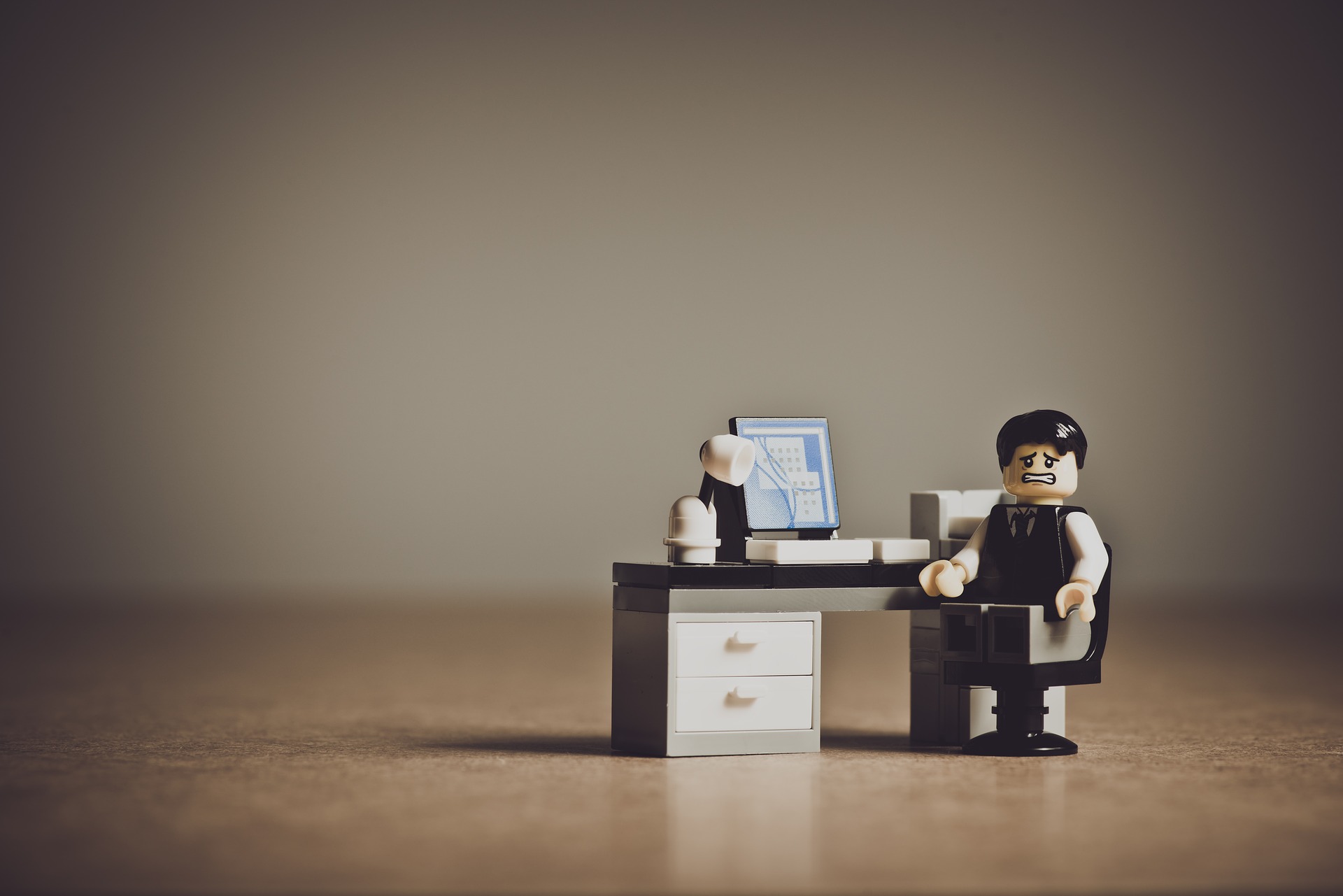
 I’m sure that was a lot of information that you didn’t need/want to know.
I’m sure that was a lot of information that you didn’t need/want to know. That by itself is huge. But, with his new surge of energy and confidence, he has also begun to swing his diet to more of a plant-based diet.
That by itself is huge. But, with his new surge of energy and confidence, he has also begun to swing his diet to more of a plant-based diet.




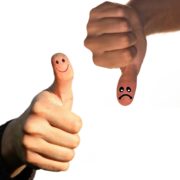
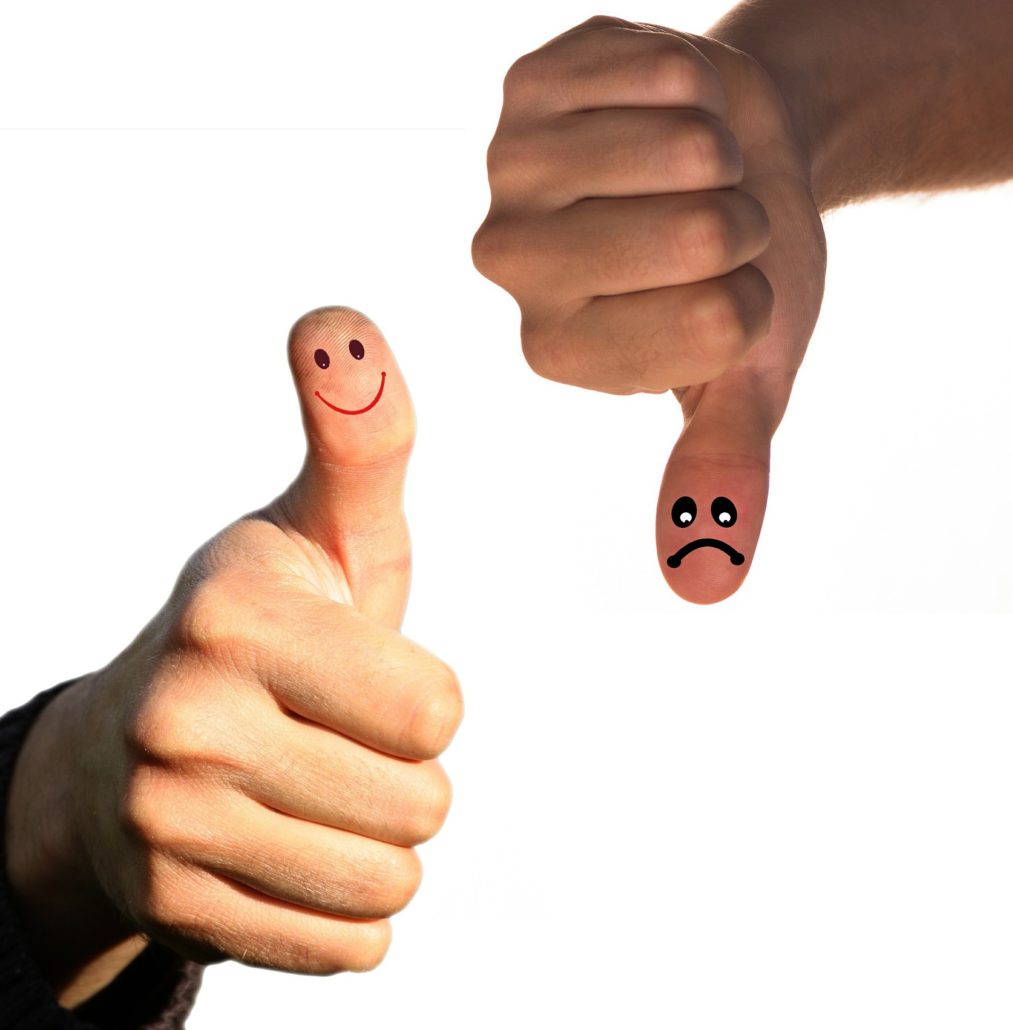

 One, our venture beyond middle-age today is putting us into unfamiliar territory. We haven’t been here before – living this much longer. One hundred years ago, we checked out around 50, mostly succumbing to what retired Stanford geriatric physician Dr. Walter Bortz refers to as “lightning events” i.e. infectious diseases, injuries/accidents, malignancies, poisonings, wars.
One, our venture beyond middle-age today is putting us into unfamiliar territory. We haven’t been here before – living this much longer. One hundred years ago, we checked out around 50, mostly succumbing to what retired Stanford geriatric physician Dr. Walter Bortz refers to as “lightning events” i.e. infectious diseases, injuries/accidents, malignancies, poisonings, wars.
 What I will rail against is off-the-cliff, labor-to-leisure, vocation-to-vacation retirement – the traditional model that emanated from a political decision in 1935, and that grew and became deeply embedded with the help of the financial services industry over the past 40-50 years.
What I will rail against is off-the-cliff, labor-to-leisure, vocation-to-vacation retirement – the traditional model that emanated from a political decision in 1935, and that grew and became deeply embedded with the help of the financial services industry over the past 40-50 years.

 I find that most of us are repulsed by his claim that there is no reason we shouldn’t live to 100 or beyond. I get it – I carry the same images of extreme, prolonged frailty that we associate with growing old. We don’t want to be like those images in our head.
I find that most of us are repulsed by his claim that there is no reason we shouldn’t live to 100 or beyond. I get it – I carry the same images of extreme, prolonged frailty that we associate with growing old. We don’t want to be like those images in our head.

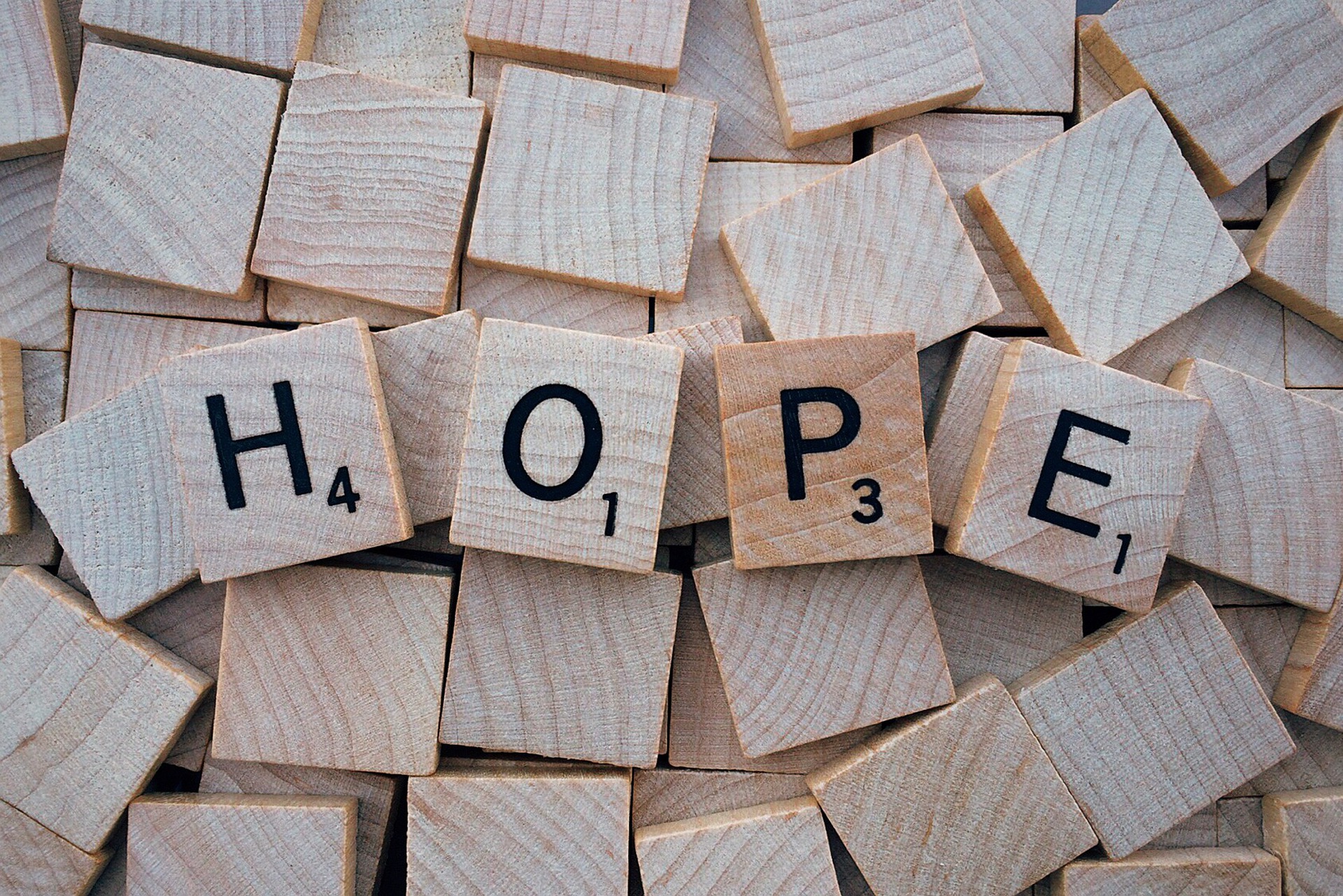

 If there’s any doubt, count the number of drug commercials that you will experience in any given hour of TV viewing. None of which make any mention of prevention – all trying to mop up instead of turning off the spigot.
If there’s any doubt, count the number of drug commercials that you will experience in any given hour of TV viewing. None of which make any mention of prevention – all trying to mop up instead of turning off the spigot.